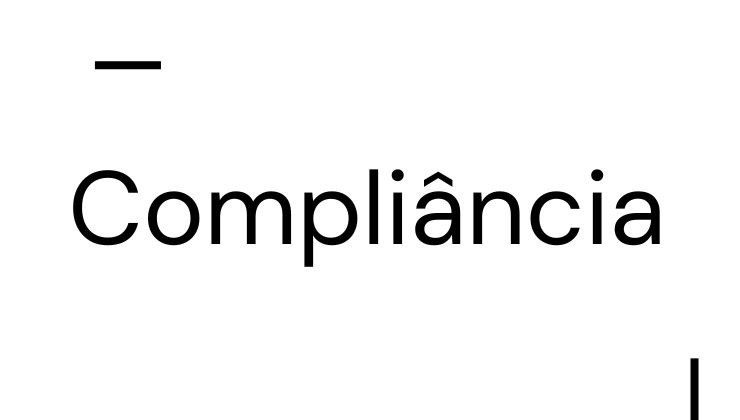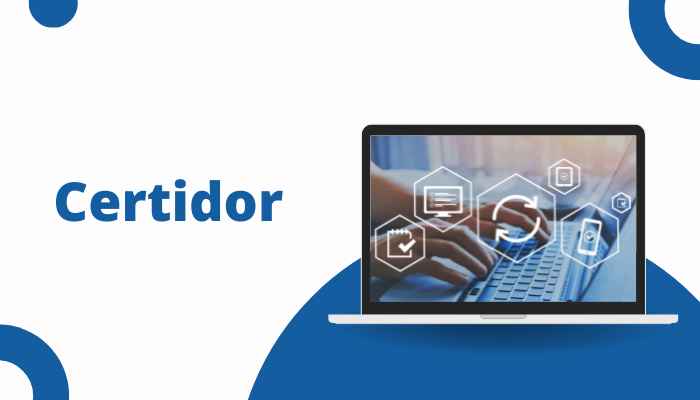Compliância: A Cornerstone of Ethical Business Practices

Introduction to Compliância
Compliância, a term derived from the Portuguese language, signifies an organization’s commitment to adhering to legal obligations, ethical standards, and regulatory requirements. It represents more than just following rules. it’s about operating with integrity, ensuring that all aspects of the business are aligned with laws, industry standards, and ethical norms. In a world where regulatory landscapes are increasingly complex, having a robust compliância program is essential for organizations striving to maintain credibility, avoid legal repercussions, and build long-term sustainability.
Understanding Compliância
Compliância is the framework that enables organizations to establish policies, procedures, and controls to ensure compliance with legal, regulatory, and ethical standards. It’s about embedding a culture of integrity within the organization, ensuring that all business activities are conducted responsibly. The absence of a strong compliância program can lead to legal consequences, financial penalties, and significant reputational damage, all of which can be detrimental to the organization’s long-term success.
The importance of compliância extends beyond merely avoiding negative outcomes.It is vital for driving operational excellence and sustaining the trust of stakeholders, such as customers, employees, investors, and regulators. A well-implemented compliância program ensures that the organization not only meets its legal obligations but also upholds its commitment to ethical practices.
The Importance of Compliância
Compliância is critical for any organization aiming to operate ethically and responsibly. Here are some key reasons why compliância is essential:
1. Avoiding Legal Consequences: Non-compliance with laws and regulations can result in severe penalties, including fines, sanctions, and legal actions. A strong compliância program helps organizations avoid these consequences by ensuring adherence to all applicable rules.
2. Protecting Reputation: An organization’s reputation stands as one of its most valuable assets. Compliância helps protect and enhance this reputation by demonstrating a commitment to ethical practices and responsible business operations.
3. Building Stakeholder Trust: Stakeholders, including customers, employees, and investors, are more likely to trust and support organizations that prioritize compliance and ethical conduct. This trust is essential for building long-term relationships and achieving sustainable growth.
4. Mitigating Risks: Compliância programs enable organizations to identify and mitigate risks related to regulatory changes, legal obligations, and ethical standards. By proactively addressing these risks, organizations can prevent potential issues before they escalate.
5. Promoting Sustainable Practices: Compliância is closely linked to corporate social responsibility (CSR) and sustainability efforts. By upholding ethical standards and complying with regulations, organizations can foster positive social and environmental impacts.
Key Aspects of an Effective Compliância Program
To implement a successful compliância program, organizations must focus on several key areas:
1. Legal and Regulatory Compliance: Organizations need to identify all applicable laws, regulations, and industry standards relevant to their operations. This includes local, national, and international requirements. Adhering to these obligations is essential for avoiding legal consequences and preserving credibility.
2. Ethical Standards: Beyond legal compliance, organizations should establish and uphold high ethical standards. This includes developing a code of conduct, implementing ethics policies, and ensuring that all employees understand and adhere to these guidelines. Leadership is key in establishing and promoting an ethical culture.
3. Risk Management: Effective compliância programs involve assessing and managing compliance-related risks. Organizations must identify areas where non-compliance could pose significant risks and implement controls to mitigate these risks. Regular training and awareness programs are essential to keep employees informed about compliance risks and how to address them.
4. Data Privacy and Security: In today’s digital age, protecting sensitive data is paramount. Organizations need to adhere to data privacy regulations and establish strong security measures to protect personal and confidential information. This includes ensuring that data collection, processing, and storage practices comply with legal requirements.
Steps to Implement an Effective Compliância Program
Building an effective compliância program involves several critical steps:
1. Assess Compliance Vulnerabilities: Conduct thorough audits, risk analyses, and reviews to identify potential gaps and high-risk areas. This assessment should consider factors such as the likelihood of non-compliance and the potential impact on the organization.
2. Develop Policies and Procedures: Create clear, documented standards and protocols that guide compliant behavior and activities. These policies should be specific to the organization’s operations and industry and should be communicated effectively to all employees.
3. Provide Training: Regular training programs are essential to educate employees about compliance expectations, policies, and potential issues. Tailor training to the different roles within the organization and keep it ongoing to address evolving compliance requirements.
4. Monitor and Audit Compliance: Continuous monitoring and auditing are necessary to ensure that compliance policies are being followed. This includes testing controls, investigating potential violations, and conducting independent audits to verify conformance.
5. Enable Confidential Reporting: Organizations should establish a confidential reporting mechanism that allows employees to raise concerns about potential violations or misconduct without fear of retaliation. This fosters a culture of openness and responsibility.
6. Enforce Through Discipline: Compliance standards should be enforced consistently, with appropriate disciplinary actions taken when non-compliance occurs. Penalties should align with the seriousness of the violation and act as a deterrent against future non-compliance.
7. Continually Review and Improve: Compliância programs must evolve to keep pace with changing regulations, industry standards, and organizational growth. Regular reviews and updates to policies and procedures are essential to maintaining an effective compliance framework.
Measuring Compliância Success
You can measure the success of a compliance program by using a combination of quantitative and qualitative indicators.
1. Leading Indicators: These include metrics such as the number of risk assessments completed, audits performed, training participation rates, and the frequency of compliance-related reports. Leading indicators provide insight into the proactive measures being taken to ensure compliance.
2. Lagging Indicators: These include the number of regulatory fines, adverse audit findings, and substantiated violation rates. Lagging indicators show the outcomes of the compliance program and highlight areas needing improvement.
3. Qualitative Measures: Surveys and feedback from employees can provide valuable insights into the organization’s ethical culture, awareness of compliance issues, and the extent to which compliance is embedded in day-to-day operations.
Common Challenges in Achieving Compliância
While the importance of compliância is clear, organizations often face several challenges in achieving and maintaining compliance:
1. Complex Regulations: The regulatory environment is constantly evolving, with new laws, regulations, and industry standards being introduced regularly. Keeping up with these changes can be challenging, particularly for organizations operating in multiple jurisdictions.
2. Resource Constraints: Implementing and maintaining a robust compliância program requires significant resources, including personnel, time, and financial investment. Smaller organizations, in particular, may struggle to allocate sufficient resources to compliance efforts.
3. Keeping Current: Staying up-to-date with regulatory changes and ensuring that compliance efforts evolve accordingly is an ongoing challenge. Organizations must be vigilant in monitoring changes and updating their compliância programs to address new requirements.
Leveraging Technology for Compliância
Technology can play a pivotal role in addressing some of the challenges associated with compliância:
1. Compliance Software: Specialized compliance software can automate many aspects of the compliância program, including policy distribution, training, audits, and corrective actions. A centralized platform enhances efficiency and allows for effective tracking and management of compliance activities.
2. Data Analytics: Advanced data analytics can enhance risk detection and provide insights into areas where compliance efforts should be focused. By analyzing data from various sources, organizations can identify patterns and trends that may indicate potential compliance risks.
3. Automation: Automation can streamline compliance processes, reducing the manual effort required for tasks such as testing, reporting, document routing, and approvals. Automated workflows help ensure timely completion of compliance activities and adherence to established protocols.
The Future of Compliância
The landscape of compliância is continuously evolving, and several emerging trends are likely to shape its future:
1. AI and Machine Learning: The use of artificial intelligence (AI) and machine learning in compliância is expected to increase. These technologies can help organizations predict risks, analyze large datasets, and detect potential non-compliance issues more effectively.
2. Increased Enforcement and Penalties: Regulatory bodies are likely to intensify their scrutiny of compliance activities, with organizations facing steeper fines and sanctions for violations. This underscores the importance of maintaining a strong compliância program.
3. Greater International Coordination: As businesses operate globally, there will be a growing need for international coordination of regulatory standards, particularly in areas such as data privacy and environmental protection. Organizations will need to navigate these complex requirements to ensure compliance across borders.
Conclusion
Compliância is not just about adhering to rules! it is the foundation for building a responsible, ethical, and sustainable organization. By making compliância a central component of their operations and culture, organizations can protect their reputation, build stakeholder trust, and ensure long-term success. Leveraging technology and staying ahead of regulatory changes are key strategies for maintaining an effective compliância program. Despite the challenges, organizations committed to operating with integrity and achieving sustainable growth must maintain a diligent focus on compliance.




